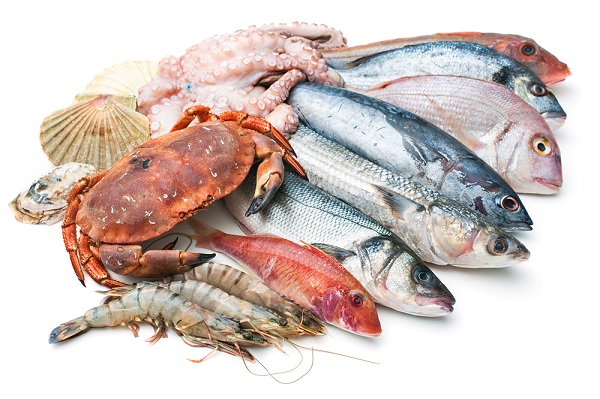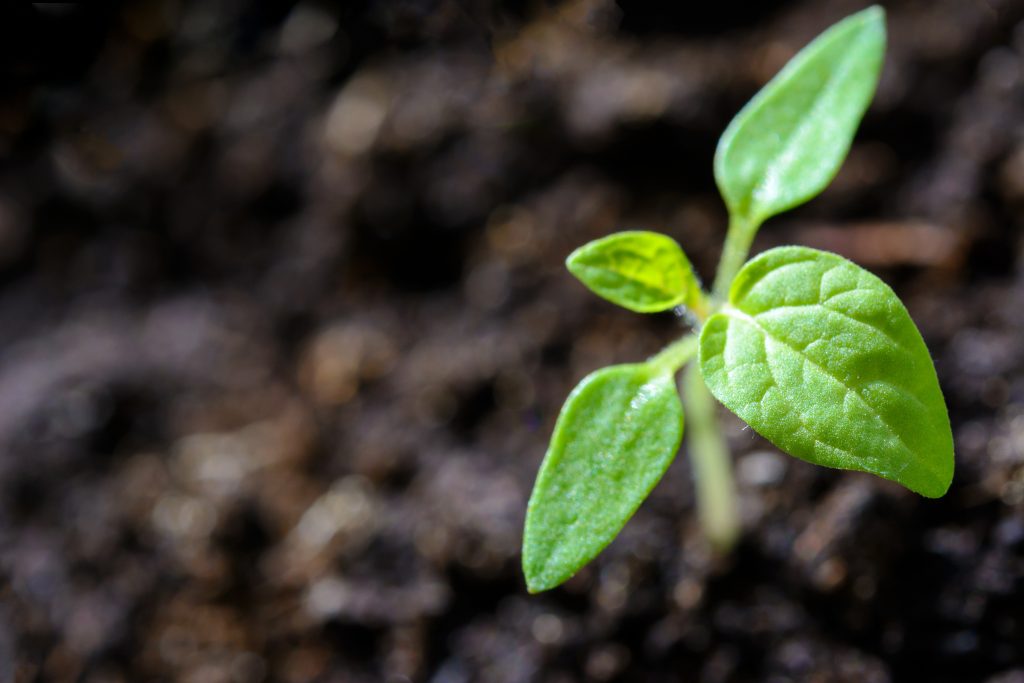
80% of the US consumption of seafood is imported and 50% of it is sourced from aquaculture operations. As the seafood aquaculture industry expands, concerns for the use of unapproved veterinary drugs have increased. The FDA has issued an import alert on seafood due to the alarming increase in unsafe levels of antibiotics and antimicrobials such as chloramphenicol, nitrofurans, dyes, sulfonamides, and quinolones.
Multi-residue veterinary drug testing of sulfonamides, trimethoprim, fluoroquinolones, quinolones, triphenylmethane dyes, and methyltestostereone are quantified by LC-MS/MS.
Sample types: Salmon, Shrimp, Crab, Lobster, Trout, Tilapia, Eel, Pangasius, Sablefish, Swai. Method Origin:FDA LIB 4562
|
Brilliant Green |
Sulfacetamide |
|---|---|
|
Ciprofloxacin |
Sulfachloropyridazine |
|
Crystal Violet Cation |
Sulfadiazine |
|
Enrofloxacin |
Sulfadimethoxine |
|
Flumequine |
Sulfadoxine |
|
Leucocrystal Violet |
Sulfamerazine |
|
Leucomalachite Green |
Sulfamethazine |
|
Malachite Green Cation |
Sulfamethoxypyridazine |
|
Methyltestosterone |
Sulfamethoxazole |
|
Nalidixic Acid |
Sulfapyridine |
|
Norfloxacin |
Sulfaquinoxaline |
|
Oxolinic Acid |
Sulfathiazole |
|
Trimethoprim |
|
Glyphosate |
Organonitrogens |
|
Carbamates |
Organophosphates |
|
Organochlorines |
Pyrethrum/Pyrethroids |
|
Triazols |
|
Abamectin |
Cyfluthrin |
Glyphosate |
Permethrin |
|
Acephate |
Cypermethrin |
Hexythiazox |
Phosmet |
|
Azoxystrobin |
Daminozide |
Imazalil |
Piperonylbutoxide |
|
Aldicarb |
Diazinon |
Imidacloprid |
Prallethrin |
|
Bifenazate |
Dichlorvos |
Kresoxim-methyl |
Propiconazole |
|
Bifenthrin |
Dimethoate |
Malathion |
Propoxur |
|
Boscalid |
Dimethomorph |
Metalaxyl |
Pyrethrins |
|
Captan |
Ethoprophos |
Methiocarb |
Pyridaben |
|
Carbaryl |
Etofenprox |
Methomyl |
Spinetoram |
|
Carbofuran |
Etoxazole |
Methyl parathion |
Spinosad |
|
Chlorantraniliprole |
Fenhexamid |
Mevinphos |
Spiromesifen |
|
Chlordane |
Fenoxycarb |
Myclobutanil |
Spirotetramat |
|
Chlorfenapyr |
Fenpyroximate |
Naled |
Spiroxamine |
|
Chlorpyrifos |
Fipronin |
Oxamyl |
Tebuconazole |
|
Clofentezine |
Flonicamid |
Paclobutrazol |
Thiacloprid |
|
Coumaphos |
Fludioxonil |
Pentachloronitrobenzene |
Thiamethoxam |
|
Trifloxystrobin |
Chloramphenicol is quantified using LC-MS/MS.
Sample types: Frog legs, Salmon, Shrimp, Crab, Lobster, Trout, Tilapia, Eel, Pangasius, Sablefish, Swai
Method Origin: FDA LIB 4508
Chloramphenicol Level of Concern: 0.3 ppb
Microbial Pathogen Screening of Food products by qPCR and plate culture methods set forth by the FDA Bacterial Analytical Manual and United States Pharmacopeia.
- Aerobic Plate Count
- Yeast and Mold Plate Count
- E. coli/Coliform Plate Count
- Staphylococcus aureus
- Pseudomonas aeruginosa
- Salmonella enterica
- Candida albicans
Heavy Metals analysis by ICP-MS is available for your testing needs.
- Arsenic (As)
- Cadmium (Cd)
- Lead (Pb)
- Mercury (Hg)


